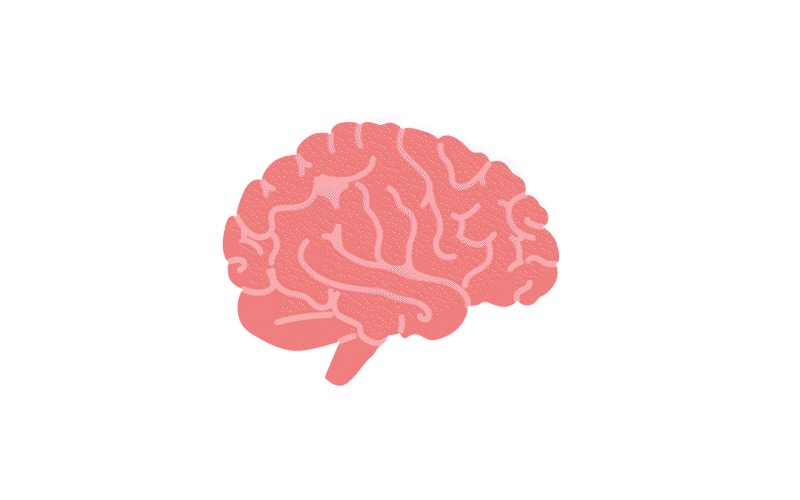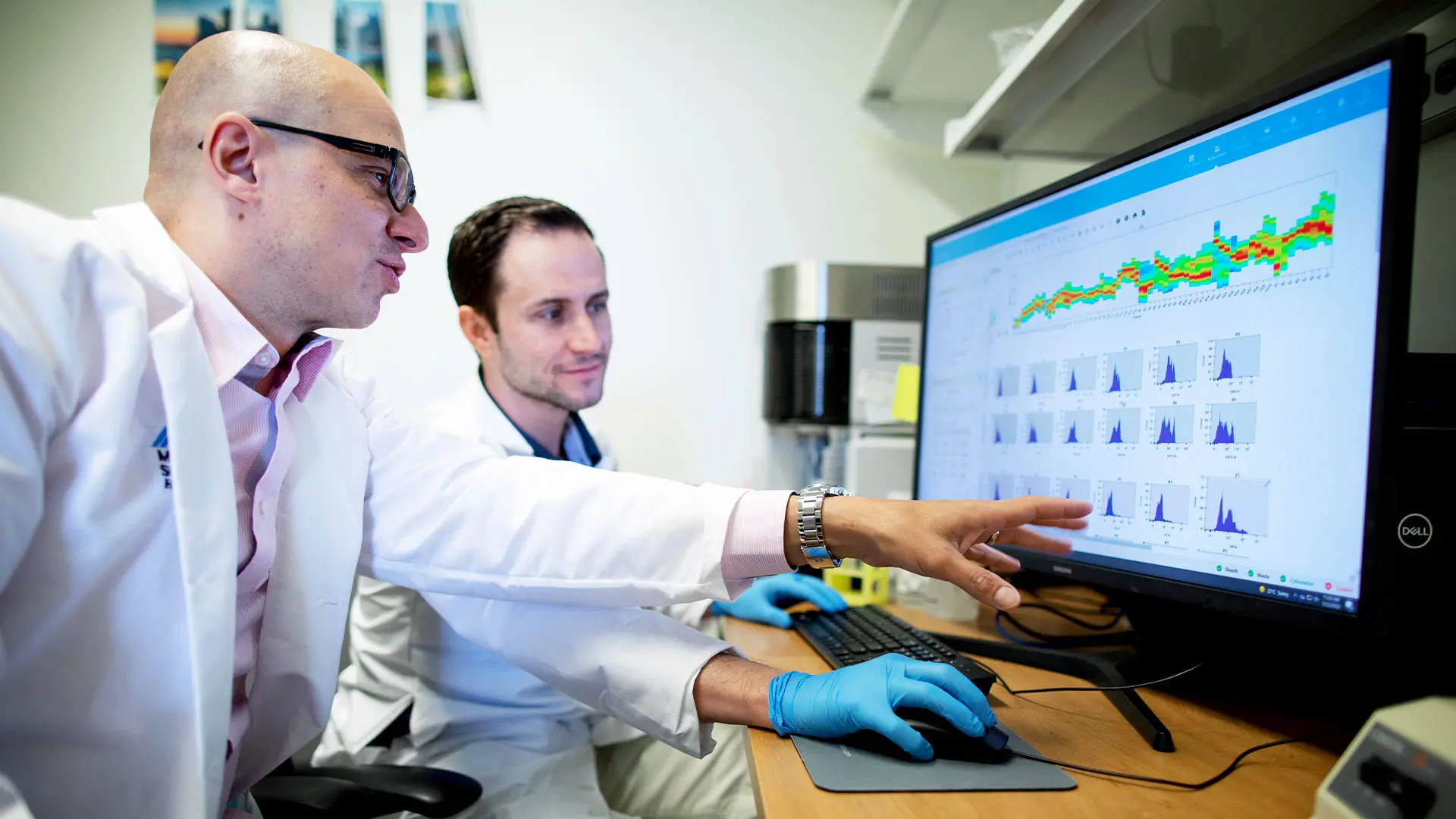“In response to extremely acute stress or fear, there are many physiological changes. That’s been known for a long, long time,” said Filip Swirski, PhD, Arthur and Janet C. Ross Professor of Medicine (Cardiology), Director of the new Cardiovascular Research Institute at Mount Sinai, and PrIISM researcher.
“Our heartbeat increases. We’re no stranger to how it makes us feel. But it's been less clear what really happens with the immune system,” Dr. Swirski said. “A natural question to ask is whether acute stress is changing peripheral immunity.”
To answer this question, Dr. Swirski’s team explored how acute stress alters the immune response to viral infection and triggers of autoimmune disease. In a paper published in May 2022, SARS-CoV-2 virus—responsible for COVID-19—was found to replicate faster in mice after acute stress, and the stressed mice were far more likely to die.

Acute stress had similar effects in mice infected with influenza. The stressed mice made fewer neutralizing antibodies to the influenza virus, which led to more virus production and more extensive damage to lung tissue.
“We are very interested in connecting the dots from the brain, where stress is perceived and brought into consciousness, with events that occur in the periphery involving immune cells,” Dr. Swirski said.
The idea to probe the communication between the brain and body, and between the nervous and immune systems during acute stress, came from what was known about how the brain and body react during chronic stress. In a chronic setting, the sympathetic nervous system modulates hemopoiesis, the process that produces new immune cells in the bone marrow, over time.

Dr. Filip Swirski with lab member Dr. Wolfram Poller at the bench
“But this is not happening during acute stress,” said Dr. Swirski. “During acute stress, we don't see major changes in leukocyte production, we see lots of changes in leukocyte distribution and function.”
In fact, the researchers found that acute stress triggers seismic shifts in the location of different populations of immune cells. B cells and T cells—immune cells that produce virus-neutralizing antibodies or kill infected cells—were observed to leave the lymph nodes and enter the bone marrow.
Neutrophils, which act as the first line of defense against bacteria, on the other hand, moved in the opposite direction. They left the bone marrow and entered into tissues such as the skin, switching on the genes that enable them to cause inflammation and fight bacterial infection.
“Why should there be this relocation of immune cells from one place to another? What is the evolutionary advantage of this process? We have some working hypotheses.”
Dr. Filip Swirski
Our acute stress responses are the result of important physiological and immunological evolutions to protect us in moments of extreme danger, he said. It is really the anticipation of potential physical harm that may come, where the body physiologically prepares to defend itself by the fight, flight, or freeze responses, if there is a predator.
“We think something similar is happening with the immune system and the changes that we have observed in the study,” Dr. Swirski said. The migration of neutrophils out of the bone marrow is quite simple to understand, he said—it is a form of anticipatory inflammation. Neutrophils are the first cells that play a role during acute infection or injury. It stands to reason that in moments of danger, neutrophils moving rapidly to the peripheral organs that may experience injury and infection might save the life of the organism.
Understanding why lymphocytes depart from the lymph nodes, however, might be harder, Dr. Swirski said. The authors in the Nature paper speculated that this might be to provide a window of protection against an autoimmune response during initial responses to severe injury or infection, when tissue damage causes the release of autoantigens that may potentially be recognized by B cells and T cells.
And that's actually what the team saw experimentally: in models of multiple sclerosis in mice, acute stress protected against sensitization to the autoantigen and protected against severe autoimmune disease. However, that protection came at a cost, which was an impaired response to viral infection, Dr. Swirski said.

Dr. Filip Swirski discussing data with lab member Dr. Wolfram Poller
Brain-Body Communication
Understanding the impact acute stress could have on immunity reinforces the principle that stress management is critical for health, and Mount Sinai is establishing a firm foothold in neuroimmunology with the recent launch of the Brain and Body Research Center, led by Scott Russo, PhD, Professor of Neuroscience, and Psychiatry at Icahn School of Medicine at Mount Sinai.
Key questions being addressed at the Center include investigating the close relationships between neurons and immune cells—inside and outside the brain—and how they influence health and disease, and how psychological stress can translate into physiological effects. Understanding these processes could lead to therapeutic options. The Center had kicked off a seminar series on its findings, including an inaugural lecture by Dr. Swirski on how stress and lifestyle factors connect the brain and immune system to cardiovascular disease.
Dr. Swirski and his collaborators are also building a molecular map of the communication pathways that bridge specific clusters of neurons in the brain with other cells in the body during acute stress. “We do not see a great input of the sympathetic nervous system in the acute response; rather, it is the motor cortex and the hypothalamic-pituitary-adrenal axis that are playing crucial roles in the relocation of immune cells,” he noted.
This discovery will allow Dr. Swirski and his team to start testing therapeutic interventions that target these signals, one of which may include the use of transcranial magnetic stimulation. The treatment is a noninvasive procedure that uses magnetic fields to stimulate nerve cells and is currently being used to treat patients with depression for whom typical treatments haven’t been effective.
“If we define the specific brain regions that are critical for a particular response post-stress, or during sleep or exercise, as being beneficial or harmful, then we can imagine stimulating or inhibiting that kind of activity for therapies for all sorts of conditions,” Dr. Swirski said. By manipulating very specific regions in the brain, it could generate a desired downstream result. “It may feel a little bit like science fiction, but some of this may not be so far off in the future,” he added.
Featured

Filip K. Swirski, PhD
Arthur and Janet C. Ross Professor of Medicine (Cardiology); Professor of Diagnostic, Molecular, and Interventional Radiology; Director of The Cardiovascular Research Institute
